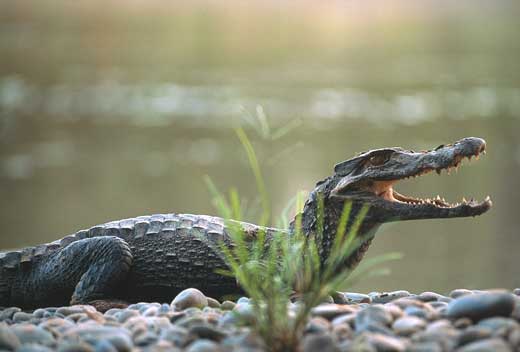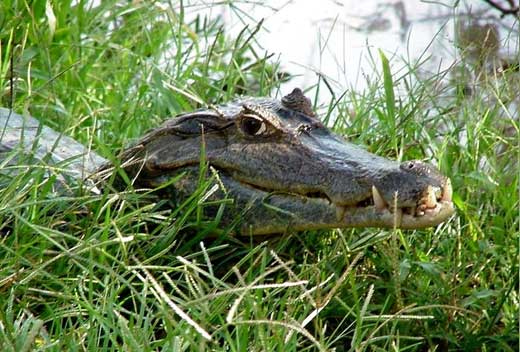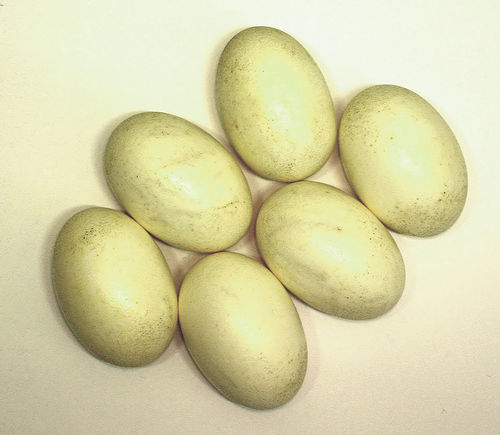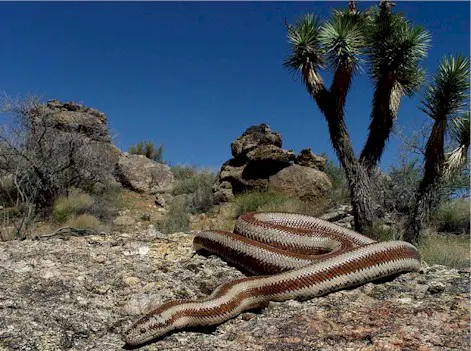Caiman
Physical Characteristics:
The caiman (scientific name: Caiman crocodiles) is a reptile similar to the crocodile that inhabits the South and Central American continent, favoring the river and wetland areas, being able to live in both fresh and salt water. The males range between six to seven feet in length with the females reaching about five feet. One of the common names for the caiman is the spectacled caiman, resulting in the bony ridge between the eyes. Young caiman have yellow coloring with black spots and bands on both the body and tail, these disappear with age, turning a dark olive color as the crocodile ages.

Caiman Crock
What They Eat:
The juvenile caiman eat insects, mollusks and small sea and water life such as crawfish and shrimp. The larger the caiman grows; it eats more small animals, birds and fish. Adult caiman feast on animals such as wild pigs and the meat eating piranha that inhabit the streams and rivers. Cannibalism has been observed when the climatic changes force changes in their food supply.
Habitat:
The wetland marshy areas and waterways are the places that the caiman lives in. This provides the concealment and nourishment for them to grow and thrive. The caiman rarely is found outside of the rainforest and wetlands area and their numbers can decline if threatened by drought.

A young Caiman crocodile looking for another meal
Breeding Habits:
The female caiman are ready to begin breeding when they reach roughly three and a half feet in size and are somewhere between four and seven years of age; the males mature when about four feet in length and about the same chronological age. The breeding season is begin at the start of the wet season, May to June and lasts until August. The social hierarchy determines the growth rate and chance to mate.
There are generally between fourteen and forty eggs laid in a nest made from a mound of vegetation and soil. The location of the nest is chosen to be hidden from the lizards that destroy the eggs. One nest may have eggs from several different females to increase survivability of the caiman. Once the eggs hatch nearly three months later, the supply of soft food is ready for them in the waters. The young caiman will stay close to the females for protection.



coool
what is its genus